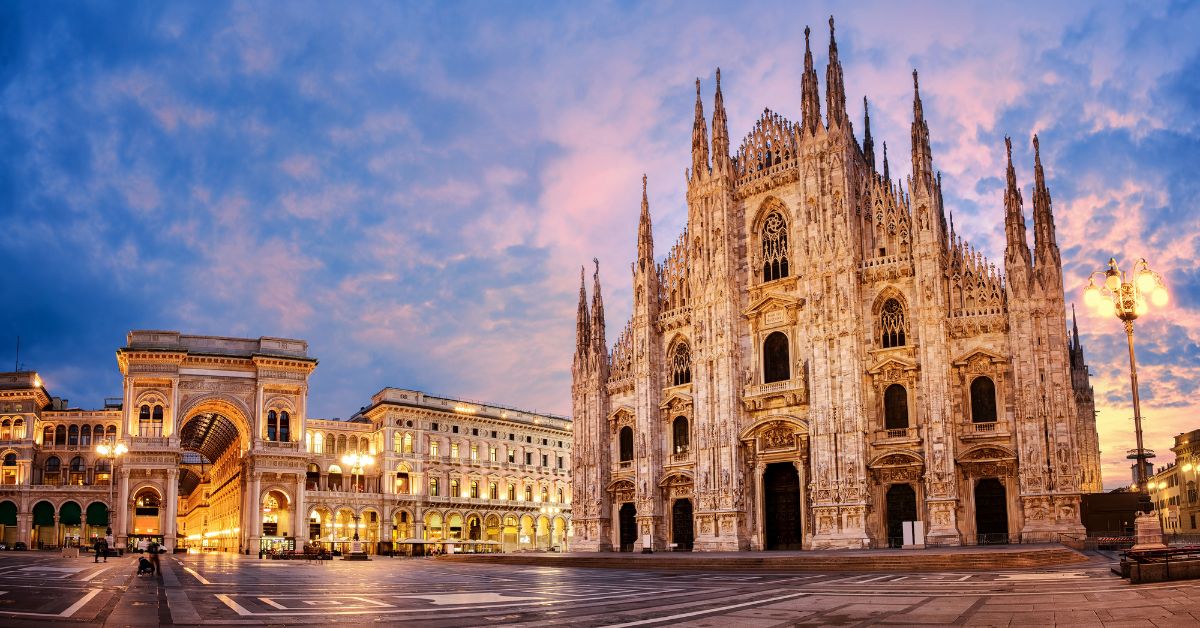Have you ever travelled to a place and upon returning back home feel like there are thing you should have done (either before or after the trip) to make the trip even more fulfilling? It’s not a nice feeling especially if the trip was to bucket-list destination.
It just so happens that Italy is a bucket-list destination for a lot of people, include yourself I imagine. And it is really worth it. There is something for everyone in Italy.
After traveling extensively in this country that I really love, I have come up with 6 things that I am convinced can make your trip to Italy memorable. They are not the only things and if anything not many travel websites talk about them but I have seen the difference they can make if well implemented
As always, I always appreciate feedback from my readers so if you have more tips please don’t shy from going back to the page and leaving a comment. Other travelers will benefit from your experience.
1. Validate Your Train and Bus Tickets—Always
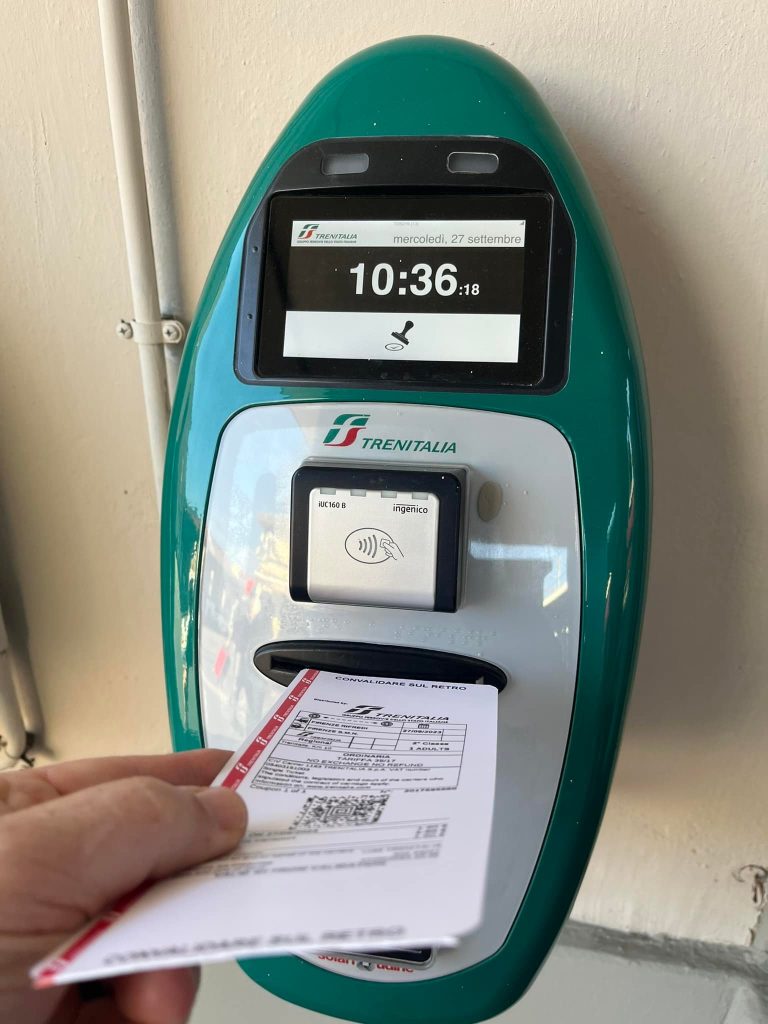
Let’s start with something unglamorous, but absolutely crucial: ticket validation. In Italy, buying a train or bus ticket isn’t enough—you have to validate it before you board. This means stamping it in a small machine (usually yellow or green) found at the entrance to platforms or inside buses.
I would seriously want to know the amount of revenue generated by Italian government from fines paid by tourists. This is the one of the things that I don’t like about Italy.
On my first trip there, my wife and I boarded the bus number 64 to Rome Termini station to catch the train to Florence. We weren’t even 3 minutes in the bus when 3 police officers entered the bus and asked to see our tickets. I quickly showed them the tickets but surprisingly, they asked us and other tourists (I knew because they had suitcases) out of the bus.
To cut the story short, the fined each of us 54 euros and I had to pay very first to avoid missing the train to Florence. The crazy thing is even after we got back in the bus, the machine didn’t validate our tickets.
It is easier to validate metro tickets than bus tickets. With metros and regional trains, you will see the yellow machine with an arrow showing you where to insert the ticket. Once the ticket is stamped, it becomes valid for the next 90 minutes.
With buses, the machine is located at the back of the bus. Therefore if you board the bus from the front doors as we did, you will not see the machine, unless you already know how the system works.
Also, buses have two machines. The one at the front scans and validates digital tickets while the one at the back only stamps physical tickets. I once saw an old couple trying to validate their physical tickets by scanning them. I had to jump in and help them before they were 108 euros poorer.
Another thing to remember is that if you are travelling as group or family and decide to buy tickets online with credit cards, each member needs to have their own card. The machines can only validate one card per person so if you are a family of five, the other 4 members will be fined.
Note: If you are travelling between cities, it is best to buy tickets from Trenitalia or Italo websites or mobile apps. Those tickets will be sent to your email address with seat reservations and you don’t need to validate them.
I believe using public transport is a great way of understanding a country or city more than using taxis. It comes with its own risks (like pickpockets) but you should do it nonetheless. If you follow what I have explained in this heading, you should be fine.
2. Don’t Settle for Bad Food: Ask the Locals

Yes, Italy is famous for its cuisine—but not every meal here is a masterpiece. In highly touristed areas, it’s easy to stumble into restaurants with laminated menus, photos of food, and sky-high prices… and walk away disappointed.
Here’s the secret: ask locals where they eat. Not just hotel concierges (who may send you to tourist-friendly spots), but your Airbnb host, the barista at the corner café, the woman selling fruit at the market. Italians love to talk about food. They’ll be thrilled to point you toward a tiny trattoria or family-run place you’d never find on Google.
And speaking of Google: while reviews can be helpful, they’re not always trustworthy in Italy. Sometimes they reflect tourist preferences more than authenticity. I once saw a one-star review for a traditional Roman osteria complaining that the carbonara had “no cream.” That’s exactly how it should be!
Another thing I do is just walk around looking for a restaurant that looks authentic. I have eating fantastic food especially in Rome by just walking around and entering a random restaurant, some of which have no names.
Pro tip: Look for menus written only in Italian, dishes that change daily, and restaurants filled with Italians. That’s your sign.
3. Spend One Day Just Wandering
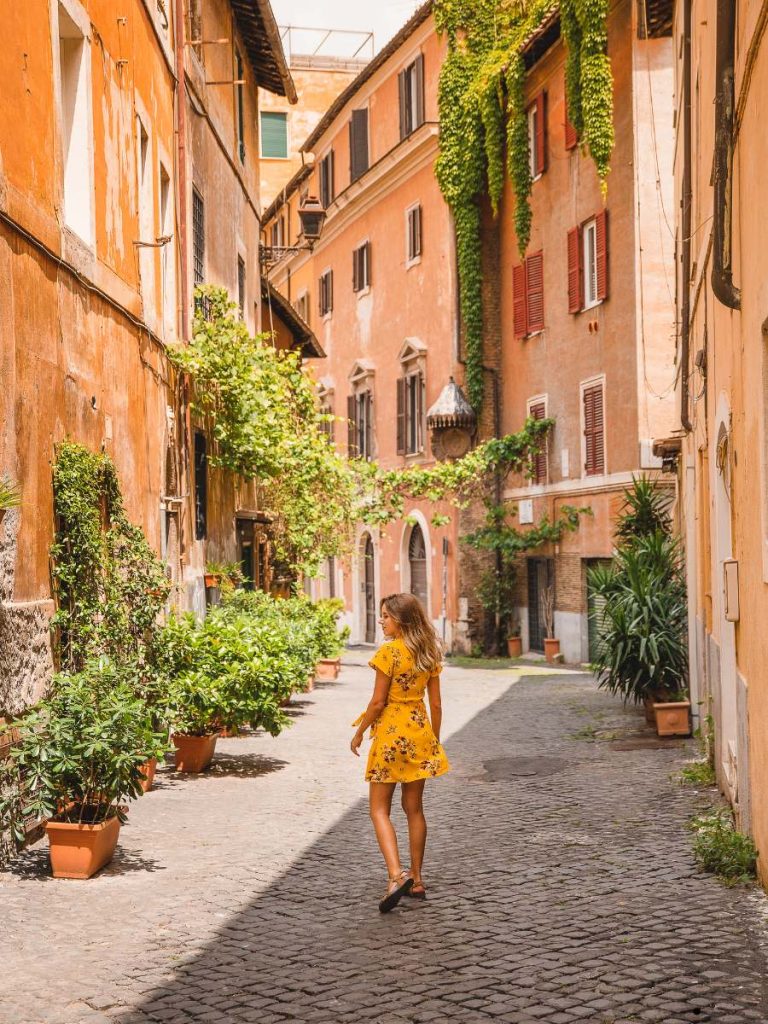
Italy’s greatest gift might not be its museums or monuments—it’s the joy of aimless wandering. Schedule at least one day in your itinerary with no plans beyond simply exploring.
Ideally, this should be your last day in the city. Spend the first one or two days doing the touristy things and then slow things down by just walking around and taking it all in.
I once wandered through the streets of Rome for a few hours (I love walking) and lo and behold, a random street led me to the Piazza Navona. I had been there previously but this time I didn’t have to take pictures or fight with the crowds to be up-close with the fountains.
I just stood there and took it all in. It felt better than the first time when I first saw it. If you are able to walk, Rome, Venice and Florence will treat you well. Just have comfortable shoes and dress in accordance with the weather.
In cities like Rome, Florence, or Venice, you’ll find that some of your most memorable moments happen when you’re not looking for anything. Maybe you’ll stumble upon a quiet piazza framed by laundry lines and singing birds. Or a tiny church with frescoes more beautiful than what you saw in the major museums.
Ditch the map. Take a side street. Follow the sound of laughter or the smell of fresh focaccia. You won’t regret it.
Recommended areas for wandering:
- Rome: Trastevere or the Jewish Ghetto
- Florence: Oltrarno (south of the Arno River)
- Venice: Dorsoduro or Cannaregio
4. Pack Light and Dress for the Terrain
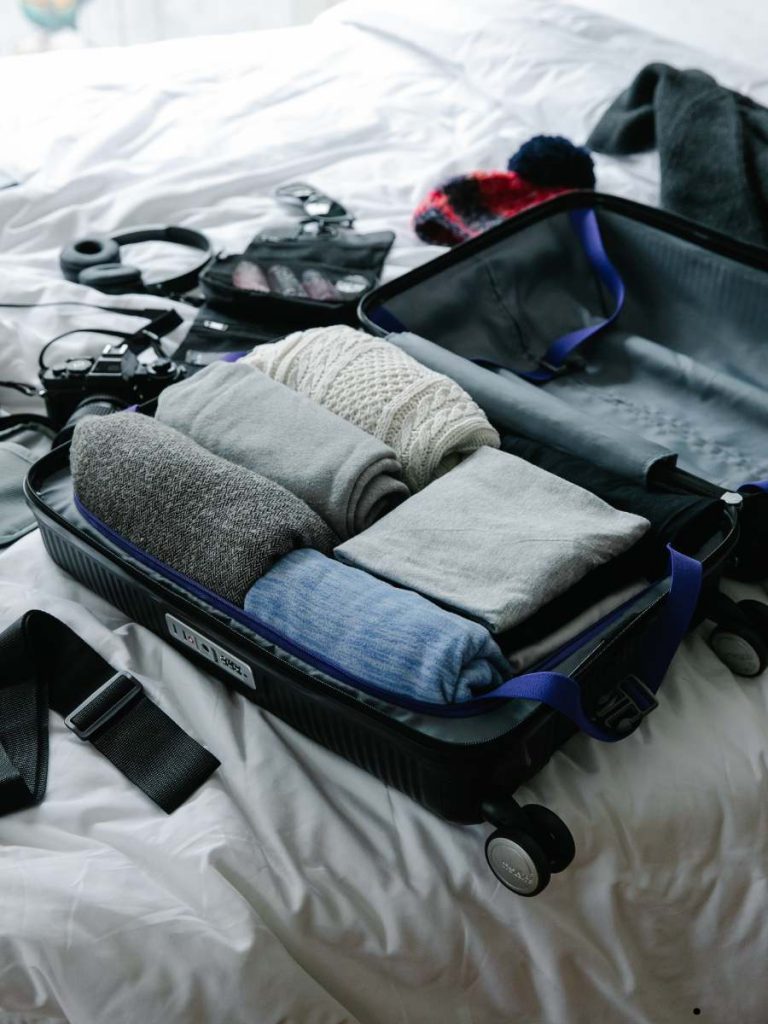
This one’s not glamorous either, but you’ll thank me later: pack light. Cobblestone streets, hills, bridges, and old buildings with no elevators are all part of the Italian charm—and a major challenge if you’re hauling a 70-pound suitcase.
The first time I went to Italy with my wife, she completely refused to pack light. But because I love her, she carried my small backpack while I struggled with her 60-liter backpack for 3 weeks.
What is crazy is that she didn’t wear more than half of the clothes she had packed. You see, she had packed lots of dresses, shorts, tops and huts but we were there in April. The weather wasn’t bad, but it wasn’t the kind of weather to wear what she had packed. I even had to but her a few jeans and jacket.
Italy is best explored on foot, and many of its historic centers are pedestrian-only. Lugging oversized luggage up five flights of stairs in a 16th-century guesthouse can take the romance out of the moment fast.
Bring good walking shoes (really good ones), a compact bag or backpack, and weather-appropriate clothing. Summers can be sweltering, while spring and fall can bring sudden rain showers. And no, you don’t need a different outfit for every day.
Packing light is always a challenge for most folks. If for instance you post a lot of pictures on social media, you don’t want to appear with the same outfit over and over again, but you can accomplish a lot by bring many different tops/shirts which don’t take up too much space.
Also, if you have check-in luggage and you need to fly budget (even with other countries in Europe), you will have to pay extra for the checked-in luggage. Money you can otherwise use in a nice restaurant.
Pro tip: If you’re moving between cities, laundry services and self-service laundromats are widely available—don’t overpack. Alternatively, book an Airbnb with a washer and drier.
5. Learn How to Use the Train System—and Know the City Names in Italian
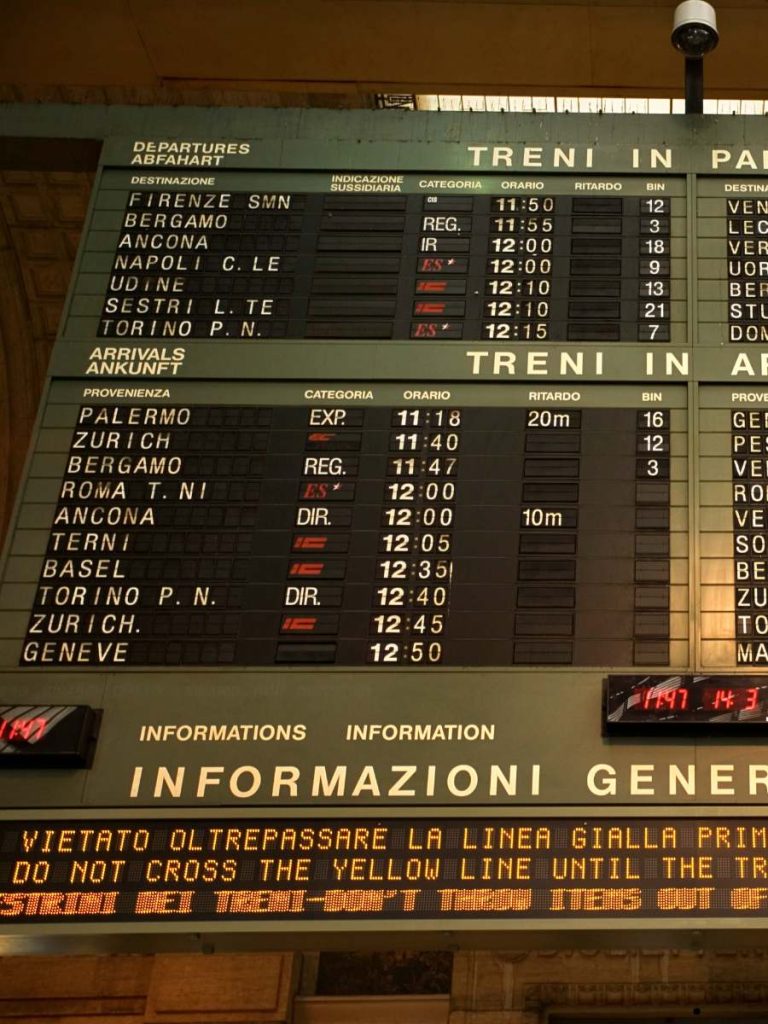
Italy’s train network is one of the best in Europe—fast, reliable, and scenic. But to use it efficiently, you need to understand a few basics.
First, know the Italian names for the cities you’re traveling to. Train schedules and stations won’t list Florence—they list Firenze. Likewise, Naples is Napoli, Venice is Venezia, and Rome is Roma. Knowing these names makes booking tickets, reading timetables, and navigating stations much easier.
There are two main train providers:
- Trenitalia: The national rail company, offering both regional and high-speed trains.
- Italo: A private company with only high-speed service between major cities.
Book in advance for high-speed routes to get the best prices, but for regional trains, you can usually buy tickets on the day.
Also, for regional trains, your destination may not appear on the big screen. I once booked a train to Varenna from Milano Centrale Station. The train was to depart from platform 5 but once I got there, the screen on the platform displayed “TIRANO”.
Since I didn’t have time, I got in anyway and the doors closed almost immediately. I asked one of the conductors if the train was headed to Varenna, The confirmed that it was indeed, but Varenna was just one of the many stops, but Tirano was the final destination.
Also, be careful as some Italian towns have towns with very similar spellings and pronuncitiaons. For example, Tirano and Torino, and Varenna and Verona. My buddy once went to Varenna instead of Verona but luckily for him he really enjoyed the charming lake Como town. Aparently t was one of his best daytrips.
Pro tip: Keep a photo of your itinerary and confirmation codes on your phone, and arrive at stations at least 15–20 minutes early. Some are huge (like Roma Termini) and it’s easy to get turned around.
6. Wake Up Early to Beat the Crowds
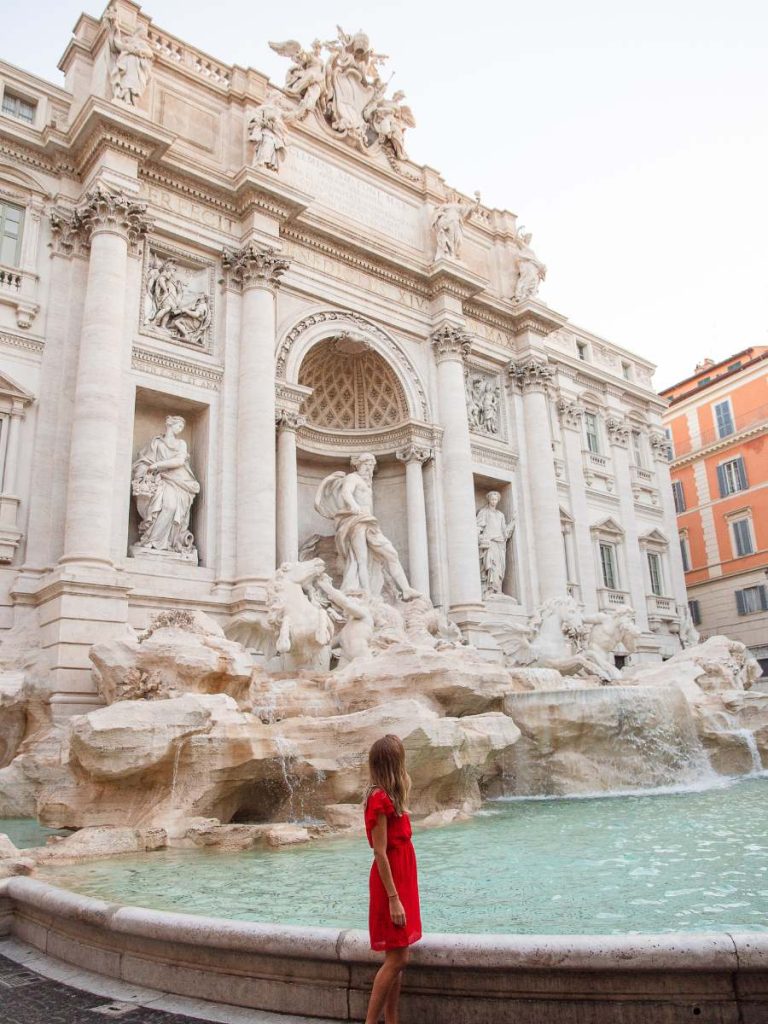
If you want to have magical moments in popular places like the Trevi Fountain, Piazza San Marco, or the Spanish Steps—set your alarm clock. By 10 a.m., most of these spots are swarming with tourists, tour groups, and selfie sticks. But at 7:00 a.m.? You might have it all to yourself.
There’s something special about early morning in Italy. The light is golden, the air is crisp, and the streets are still quiet. Locals are out walking their dogs, bakers are delivering fresh bread, and cafes are just opening.
Here is an example of how you can accomplish a lot by walking up early in Rome: Get up by 6 and head straight to the Trevi fountain. After taking the best pictures and enjoying the fountain, walk for a few minutes to the Pantheon. If you get there by 8 pm, you can be among the first to enter even if you didn’t buy the ticket in advance.
After enjoying the Pantheon, walk out and head straight to the Piazza Navona or even the Spanish steps. This is actually something my wife and I have done. We accomplish quite a lot on that same day.
Another thing you can do is to visit these attractions at night. They look absolutely stunning when the streets at night and the crowds are few or none at all
7. Don’t Try to See Everything
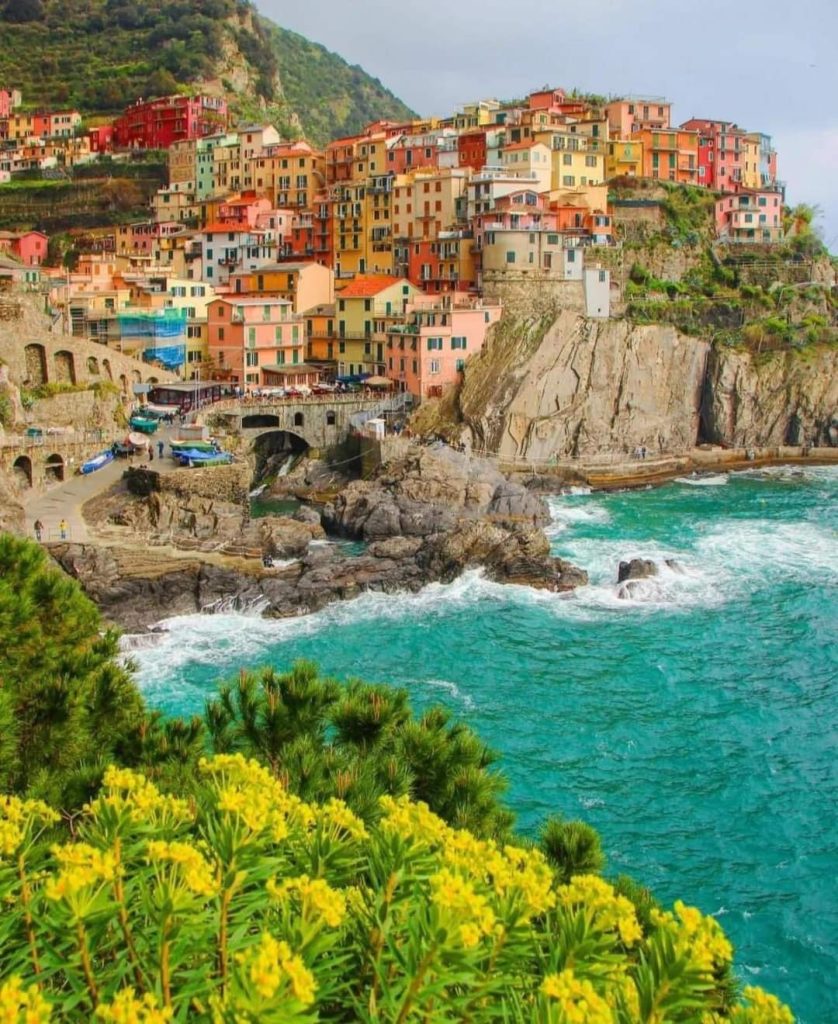
Italy has too much beauty for one trip—and that’s a good thing. Instead of trying to cram in Venice, Rome, Florence, the Amalfi Coast, Cinque Terre, Tuscany, and Milan into 10 days (yes, people try), slow down.
For instance, the first time I was in Florence, I really wanted to do a day trip to Cinque Terre. That was until I realized it was 3 hours both ways by train. I decided to cancel the trip and plan another trip there and probably enjoy 3 nights there.
Surprisngly, I spent the next day wandering through Florence and it was actually my best day in the city. I ate some nice food, walked through charming streets and was later treated to a music show at the Pizzale Michelangelo in the evening.
Pick two or three places and get to know them well. Spend extra time in the local market, linger over lunch, take a cooking class or just sit in a piazza and people-watch. This kind of travel not only reduces stress—it helps you experience the rhythm of Italian life.
Traveling slower also means you’ll appreciate the details: the way the afternoon light hits the rooftops, the sound of church bells, or how gelato tastes different in every region.
Pro tip: You’ll leave wanting more—and that’s the point. Italy is a country worth returning to.
Final Thoughts
Italy isn’t just a place to visit. It’s a place to feel. To taste, to hear, to walk, to sit, to discover. With just a few practical tips—validate your ticket, ask the locals, pack light, wander freely—you’ll not only avoid common frustrations, but you’ll open yourself up to the joy and spontaneity that makes Italy unforgettable.
So take your time, plan smartly, and embrace the chaos when it comes (because it will come). Italy rewards the curious, the flexible, and the present.

